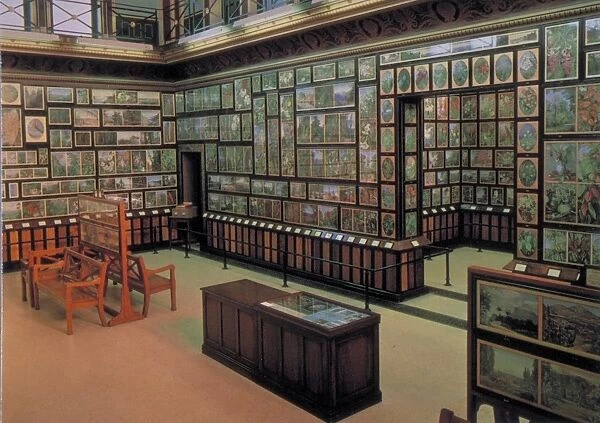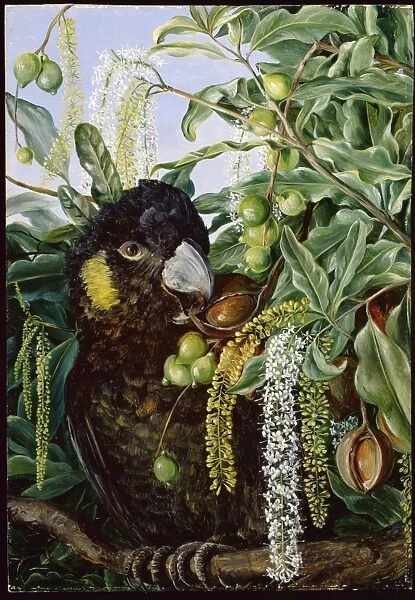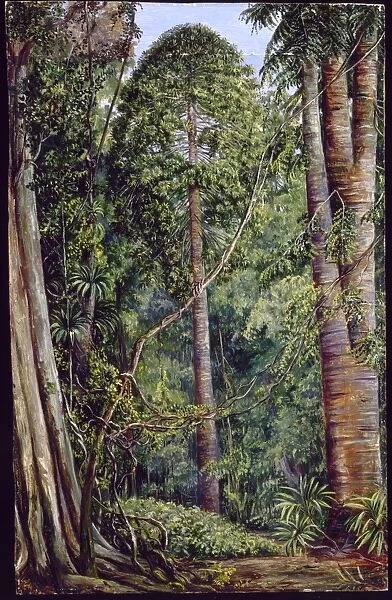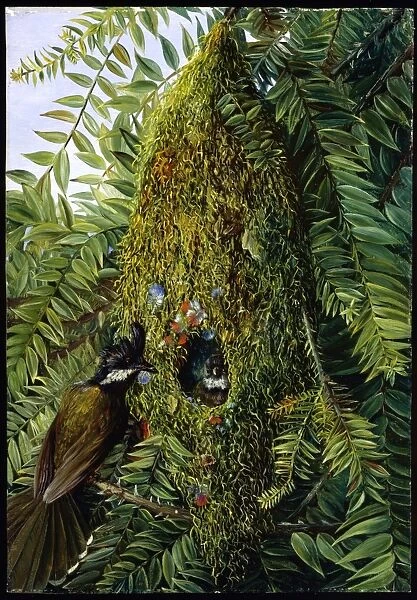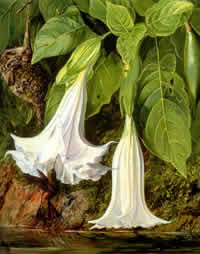
I was reading the lovely blog of Pia Jane Bijkerk this morning and under library found this image and notes here. It sent my thoughts back to the time I finally worked out (aged 30 something) the name of a book that had haunted my memories years after a library teacher read it to my class in primary school. The slimmest of images kept floating back and so the discovery of the book years later was almost a shock, albeit a pleasant one. No wonder it had long haunted my memory... such a poignant tale of things being reborn - all centred around the discovery of the secret garden. Children it would seem need to be saturated in deep story, in stories that can live in them and work their way though their hearts and minds, soulfully, imaginatively.
Nigerian writer Ben Okri, winner of the 1991 Booker prize for literature, wrote in a small text The joys of Story-telling "stories are as ubiquitous as water or air, and as essential. There is not a single person who is not touched by the silent presence of stories".

Another book I must share in case you have not come across it is The Man Who Planted Trees by Jean Giono. I was reminded of this book late last year when for the first time visiting the blog Four Season's in a Life of blogosphere friend Egmont Van Dyck. He wrote a wonderful post on this book (click here for the post and overview!) which allowed me to track down somewhere to read this wonderful fable on the internet in case I could not find my own copy packed away!

This story I then read to an Art class of 12 yr olds girls one afternoon late last year. It was condensed into about 12 A4 pages - so quite a long tale, maybe a reading of about 20 minutes or more. They drew from this reading as the images came to them. Gestural representations of the ideas that seeped into their imaginations. Okri writes of stories "they can be either bacteria or light: they can infect a system, or illuminate a world." In discussing their drawings the girls commented they were fascinated that one person could make such a huge difference - this man who planted trees in the fable had gathered all the seeds( acorns) himself, and over years and years had regenerated forests in France - a country twice deeply marked by war in the 20th century. Not only did the forests come to life but streams and rivers came to life and villages began to flourish and people were enlivened. Giono's fable held great symbolic resonance for many in France, and the light from its story spread across the globe slowly but surely. This writer asked that the story never be sold but remain available for all to read freely! Many people have been inspired by this tale of great nobility to make a similar gesture, even if on a small scale.... a garden plot or abandoned land.
The title of this post also comes from Ben Okri:
'Its easy to forget how mysterious and mighty stories are. They do their work in silence, invisibly. They work with all the internal materials of the mind and self. They become part of you while changing you. Beware the stories you read or tell: subtly at night, beneath the waters of consciousness, they are altering your world.'
And a last word form Okri:
'Stories are one of the highest and most invisible forms of human creativity'






